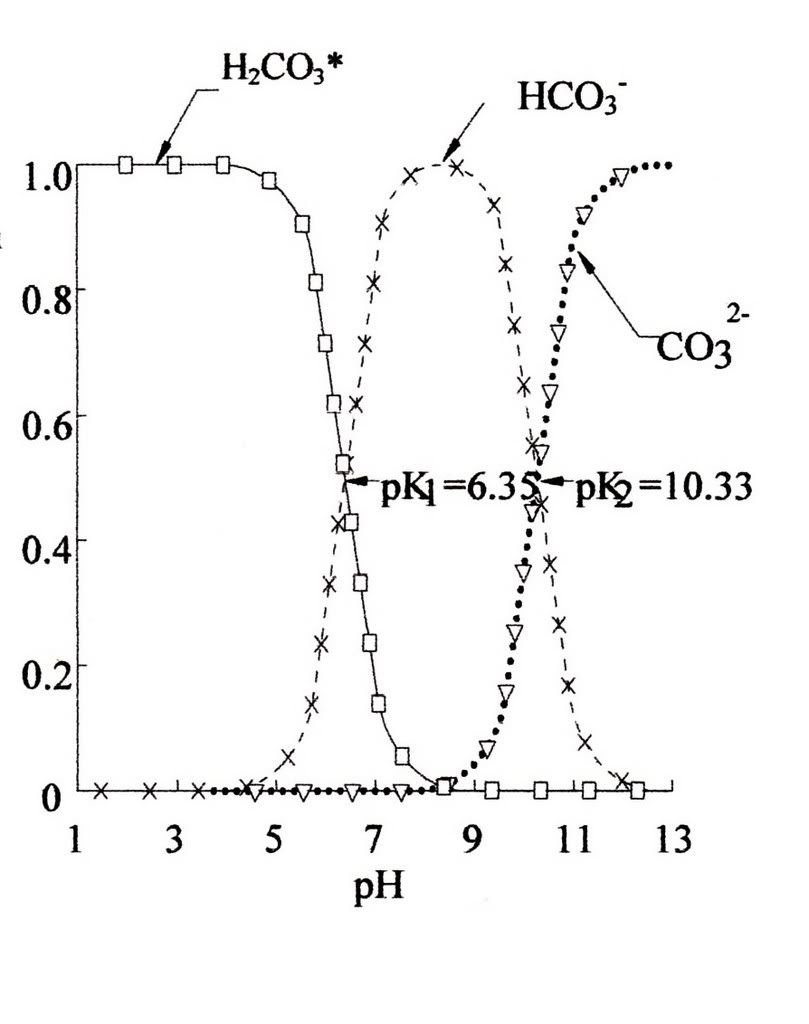- Sep 23, 2015
- 1,560
- Pool Size
- 20000
- Surface
- Plaster
- Chlorine
- Salt Water Generator
- SWG Type
- Astral Viron V25
Moderator note: Moved from this thread will Liquid Chlorine Raise pH?
[edit]The title probably should be 'pH, alkalinity and chlorine, what happens if I stop using chlorine[edit]
Just a thought but what would happen if you stopped chlorinating and add a bio filter to prevent an algae bloom?
I recall a post in an unrelated forum that talked about a natural pool where the water parameters where given as;
Ph is always 7.5.
Total alkalinity, 17mg/l as CaCo3.
Turbidity/clarity, 0.5 NTU.
Total dissolved solids, 58ppm.
No ammonia, no nitrite, no nitrate.
[edit]The title probably should be 'pH, alkalinity and chlorine, what happens if I stop using chlorine[edit]
Just a thought but what would happen if you stopped chlorinating and add a bio filter to prevent an algae bloom?
I recall a post in an unrelated forum that talked about a natural pool where the water parameters where given as;
Ph is always 7.5.
Total alkalinity, 17mg/l as CaCo3.
Turbidity/clarity, 0.5 NTU.
Total dissolved solids, 58ppm.
No ammonia, no nitrite, no nitrate.
Last edited:


